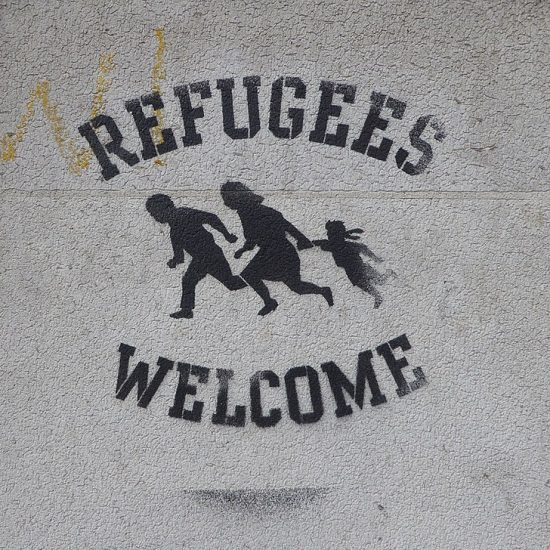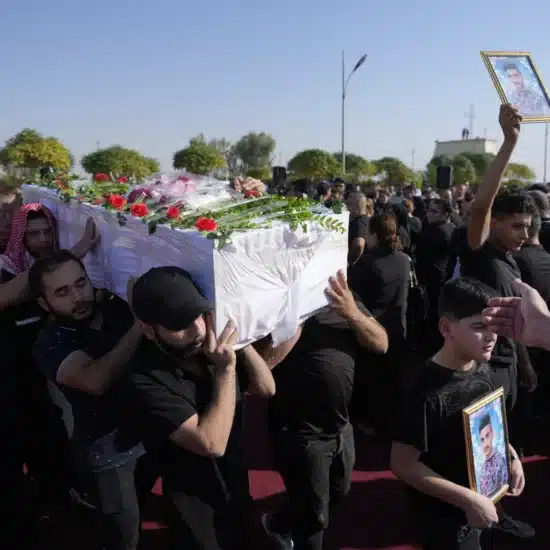President Clinton’s health care reform bill went down to defeat in 1993, due in large part to the opposition of the Religious Right, and the political fallout helped usher in a Republican takeover of Congress and nearly crippled the rest of his presidency.
But the religion-and-politics landscape is quite different today. Although many conservative religious groups continue to oppose a major overhaul of the health care system, centrist and liberal religious groups have large coalitions in favor of the kind of comprehensive reform President Obama is proposing.
“Right now, I think it’s fair to say that there is a real sense of effervescence and energy among progressives, who are forming coalitions with centrist groups, and some sense of disarray among the Christian Right,” said Robby Jones, president of the Washington-based Public Religion Research group. “In 1993, the Christian Coalition was really flexing its muscle; today, it’s a struggling organization, and Focus on the Family is laying people off.”
One coalition of centrist and progressive religious groups, Faith in Public Life, co-hosted an unprecedented Aug. 19

A health care reform supporter (left) blocks a sign held by an opponent of President Obama at a rally in California. (Photo/Reuters/Fred Prouser)
|
Internet-based conference call with Obama, religious leaders, reporters and more than 100,000 other participants to boost a religious case for broad-based reform.
“I believe that nobody in America should be denied basic health care because he or she lacks health insurance, and no one in America should be pushed to the edge of financial ruin because an insurance company denies them coverage or drops their coverage or charges fees they can’t afford for care that they desperately need,” Obama said during the call.
The difference between the participation of religious moderates and liberals in the debates over the Clinton plan and the Obama proposal has to do with both the different religion-and-politics climate as well as the difference in the facts on the ground in 2009 versus 1993, many experts agree.
“There’s a sense of urgency across the board, because things are even worse than they were in 1993” when it comes to uninsured and underinsured Americans, said Jennifer Butler, executive director of Faith in Public Life. Many religious leaders, including some conservative evangelical pastors, with whom her group works are seeing firsthand the effects of the health care crisis on families, she said.
“They’re just overwhelmed with the human need around them, in their congregations,” she said. “Some of them are active in these collaborative (local health care) clinics that have been set up, and there’s just this overwhelming sense of urgency or need, that the system is broken.”
But if the system is broken, it’s clear many Religious Right groups don’t trust President Obama or Congressional Democratic leaders to fix it.
“President Obama continued to mislead the American people by casually dismissing the concerns of millions of Americans who have deep moral objections to their tax dollars paying for abortions,” said Tony Perkins, president of the Washington-based Family Research Council, responding to Obama’s Sept. 9 address to a joint session of Congress.
Abortion is a major sticking point on the bill for many conservative religious leaders. Groups like the Family Research Council claim the health care proposals being considered do not currently contain adequate safeguards to ensure government funds will neither directly pay for abortions nor subsidize private insurance plans that include abortion coverage. Obama and his supporters, meanwhile, have insisted the reform they support does not include abortion.
Some Christian conservatives also have raised suspicions about other sanctity-of-life issues, including assertions that parts of Obama’s plan could, eventually lead to “rationing” of health care services that would involve government agents making decisions about whether vulnerable patients receive lifesaving treatments.
“Conservative groups of any variety will be — and are — skeptical of any expansion of government’s scope of influence and responsibility,” said Laura Olson, a political science professor at Clemson University in South Carolina and an expert in religion and politics. “For conservative religious groups, this general fear seems to be giving rise to more specific fears about how life issues — abortion, euthanasia, etc. — will be handled under a reformed health care system.”
But, Olson added, conservative Christian groups are disheartened and weakened by slipping support and the back-to-back drubbings conservative candidates took in the 2006 and 2008 elections — and they might see an issue in health care reform to re-ignite their base and re-assert their authority.
“Life issues are, of course, the natural province of conservative religious groups, so their current emphasis on these issues should come as no surprise from a substantive perspective,” she said. “At the same time, I think Religious Right activists notice that the health care debate represents a window through which they might reassert their overall relevance in American politics. So for conservative religious groups, it makes sense both substantively and strategically to be hammering on questions regarding life issues.”
Anecdotally, at least, the health care debate has already re-energized supporters of conservative religious groups. Democratic congressional leaders “have done more to energize Christian conservatives than any conservative leader could have done with this health care package,” Richard Land, president of the Southern Convention’s Ethics & Religious Liberty Commission, told the Washington Post. “I, who never believed that we were dead, did not believe that it (the Religious Right’s revival) would happen this quickly.”
But Christian leaders supportive of comprehensive health care reform also assert sanctity-of-life arguments.
“Progressive religious voices are speaking up to claim that this is a moral and religious failing, and that the sanctity and dignity of life is also threatened by an inability to receive basic health care in a country with this many resources and wealth,” said Jones of Public Religion Research.
The main religious dividing line seems to be between those — particularly traditional evangelical right-wing groups — who are highly skeptical of any overarching government initiatives and those who are open to reform as long as it respects differences over abortion and other sanctity-of-life issues.
“One of the most enduring fault lines that distinguishes progressive and conservative groups is a theological ethic that is oriented more toward individual morality or more toward social justice,” Jones said. “These theological differences also predispose each group to have a different view of the proper role of government, and these differences are clearly alive in the health care debate.”
Evangelical association with the Republican Party also is a key factor, he added. “There are new voices, however, calling upon evangelicals to think more theologically on these issues and let the partisan chips fall where they may.”
At a glance
• In 2007, 45 million non-elderly people in the United States lacked health insurance the entire year.
• About 83 percent of the uninsured population in the United States live in families headed by workers, and 63 percent of the uninsured workers have an employer who does not offer coverage.
Source: Employees Benefit Research Institute
www.ebri.org/pdf/briefspdf/EBRI_IB_09a-2008.pdf
• About $2.2 trillion was spent on health care in the United States in 2007 — more than 16 percent of the Gross Domestic Product. Health care costs more than tripled from 1990 to 2007.
Source: www.healthaffairs.org
• There were about 8.1 million uninsured children in the United States in 2007.
Source: U.S. Census Bureau
www.census.gov/hhes/www/hlthins/historic/hihistt5.xls






